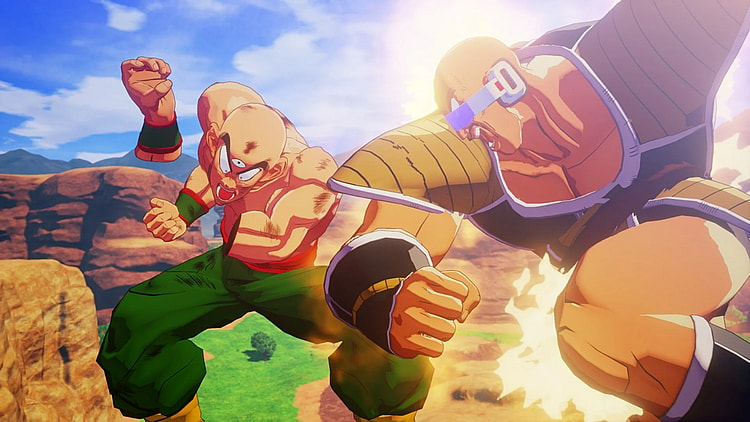Sony Policy Banning Dismemberment Revealed By CyberConnect2 CEO In Discussion About Demon Slayer

According to Hiroshi Matsuyama, Sony’s heavily censorious policies extend past sexually suggestive content, as the President and CEO of noted anime video game developer CyberConnect2 recently revealed that Sony Interactive Entertainment has enforced a similar policy regarding dismemberment and certain depictions of violence.

During a recent “online employment seminar” held on February 19th, Matsuyama was asked for his insight into “developing a game with a lot of blood in the CERO system,” specifically in reference to how the company would handle Demon Slayer’s gore in the upcoming Kimetsu no Yaiba: Hinokami Keppūtan given how violent the original series is compared to other CyberConnect2 licensed franchises such as Naruto and Dragon Ball.
While Matsuyama could not speak to the specific title, instead referring fans to Shonen Jump and the game’s official website for more information, he went on to explain that though “blood and gore, or arms and legs being cut off and kind of that stuff, as you may know, is judged by CERO in Japan, ESRB in the US, and maybe Pegi in Europe,” Sony Interactive Entertainment had their own separate set of policies which developers have to follow in order to see their games released on the company’s consoles.
Related: Sony Sells Less Than One Million PlayStation Units In Japan In Worst Sales Year Since 1994
As an example, Matsuyama turned to the company’s work on the Naruto: Ultimate Ninja series and noted that, despite the character of Minato Namikaze having his arm severed in the original Naruto story, the Fourth Hokage instead appeared within the games with his arm-intact in order to comply with a Sony policy that forbids limb defects in human-looking characters.
“In terms of the Fourth Hokage battle where the arm of Hokage is not in the original work but it is in the original game, in this sort of sense, it’s not always CERO, but also PlayStation [and] Sony Interactive Entertainment who decide on things like this as well,” said Matsuyama through a translator.

He added, “Depending on the situation, the game may not be able to be released, which is why things are done [in ways] that may not always follow the original work.”
Notably, this same policy resulted in Naruto and Sasuke’s severed arms, one apiece lost by the two rivals during their final confrontation, being depicted as ‘blackened’ rather than outright severed in Naruto: Ultimate Ninja Storm 4.

Related: Sony Reportedly Confirms The Last of Us II Banned in The Middle East After Fan Inquiry
However, it appears that Sony’s policy is applied on a case-by-case basis, as Matsuyama would then note that the scene in Dragon Ball: Kakarot wherein Nappa slices off Tien’s arm was approved, as “in that sense, Sony said it was okay.”
As for why an armless Tien was allowed to feature on-screen whilst similar depictions in Naruto games were not, Matsuyama speculated that Sony’s decision may have been based on the “terms of the presentation of the different works.”
“Naruto has been around for maybe 20 years and Dragon Ball for a lot longer,” said Matsuyama. “So in terms of that, it depends on how the era has changed, and things like that are taken into account.”

As of writing, it is unclear how many other games may have been affected by this newly revealed Sony policy, nor what changes might be made to the original Demon Slayer story in Kimetsu no Yaiba: Hinokami Keppūtan in order for the game to see release on PlayStation consoles.
Furthermore, how the policy is applied also remains unclear, as though games such as Naruto: Ultimate Ninja and Until Dawn have been edited in Japan to be more ‘family friendly,’ the violence-heavy The Last of Us II released in the region with its violence uncensored.
What do you make of Matsuyama’s comments? Let us know your thoughts on social media or in the comments down below!
